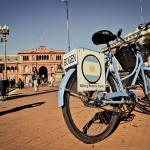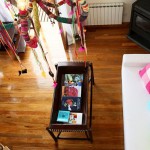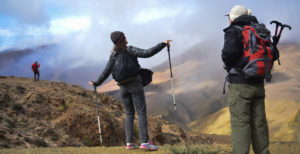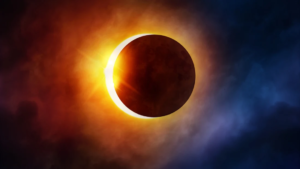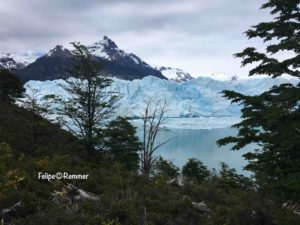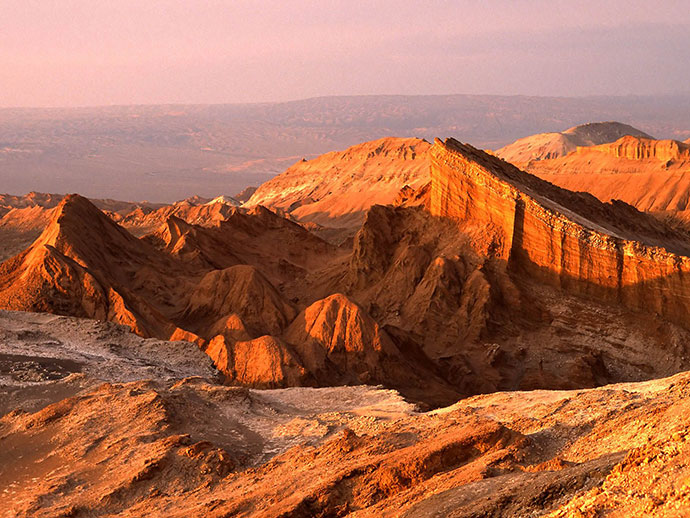
Read more about our Andean Experience Buenos Aires to La Puna. One of the most interesting fixed departures of Kallpa.
Our experience starts in Buenos Aires, one of the more cosmopolitan cities of South America which holds a great cultural and architectural richness. Wandering around its streets in the City Tour we find a landscape marked by the history, good cuisine and culture.
After our first night in Buenos Aires, we left early towards the city of Salta. When we arrive there the local guide, who was waiting for us, takes us to the hotel and explains to us in more detail the important aspects of the trip we are about to start. During the afternoon we had a City Walk through Salta that was founded in 1582 and, that currently continues having a marked and distinguished Hispanic character that distinguishes the other Argentinian cities. During the tour we walked up to 9 de Julio square where we observed the most important buildings: the Cathedral, the Cabildo, the Church of San Francisco, San Bernardo Convent -the oldest one of the city. Then we took the Cable Railway of San Bernardo Hill from where we had an incredible panoramic view of the City.
We spent an excellent free day in Salta, visiting “peñas” (folk club), testing the well-known “salteñas empanadas” (pasty meat-filled) and having different encounters with the local culture. Some other people chose to discover the charms of Cafayate or Cachi in the Calchaquíes valleys. Afterwards, our trip to the “Quebrada de Humahuaca” (ravine) started going through different towns during the trip such as Purmamarca, there we appreciated its famous Seven Colored Hill and visited the craft stalls arranged in its principal square. In Maimará, we took pictures in the Painter’s palette picture frame. Its colorful cemetery -this region’s peculiar characteristics- was also a bedazzling experience. At Tilcara we encountered the Pucará ruins -some amazing rebuilt indigenous ruins- and the archeological museum. After visiting Huacalera and Uquía, we reached Humahuaca, where we went trekking together with our guide to discover some picturesque corners.
The fifth day of our journey took us to La Quiaca, located on the north of the province of Jujuy, which functions as a crossing border to Villazón (Bolivia). From there we took the train to Uyuni and we said goodbye to the Argentinian guide. Upon arrival to Uyuni, we met our local guide who will be with us in this part of the trip.
On the morning of the sixth day, after breakfast the journey to Colchani started. There we are going to see the local settlers in the salt production process and we are going to penetrate the immense “Salar de Uyuni” (salt mine) up to the Incahuasi Island. Such journey took us approximately 2 hours and we appreciated the presence of volcanic rocks and an enormous cactus. Afterwards, our trip continued towards the North to see the mummies of Coquesa and then to east, approximately 2 hours, to visit Tahua, a village in the coasts of the salt evaporation ponds and on the base of Tunupa Volcano.
There is one more night at Uyuni in our trip and very early in the morning we leave heading south through the salt ponds, leaving Chuvica behind entering the highlands and the ramifications of the occidental mountain range going through the villages of San Juan and San Agustín until reaching the valley of Alota in a 5-hour journey. To the south, large rock formations produced by the erosion are observed. Finally, we arrived to Villamar for spending the night.
This trip is the tiring, but very satisfying, type, the diversity of landscapes and natural wonders motivates us everyday to continue travelling and discovering. This morning we are awaken very early for the journey to the Eduardo Avaroa reservation where we visit the Laguna Colorada (Red Lagoon), which has entered on the list of wetlands of international importance and which has been declared a Ramsar site. Later we visited the Morning Sun Geysers, the Chalviri Lagoon and its natural hot springs of Polques. After a three-hour trip we reached the Laguna Verde (Green Lagoon) that is located at the bottom of the Licancabur Volcano. Our trip continues to the border of Chile, “Hito Cajón” (Milestone) where we changed car to further continue to “San Pedro de Atacama” together with our driver.
For the next two days, we stayed at San Pedro de Atacama and visited the “Valle de la Luna” (Moon Valley) -one of the most amazing phenomena of the desert of Atacama- because of the incredible forms the landscape shows due to erosion and the climate effects throughout thousands of years. On our free day at San Pedro de Atacama, some people opted for visiting the Tatio Geysers and other opted for discovering Atacama’s Salt Pan. The trip ended at San Pedro de Atacama. Some people decided to continue its journey to Calama and to connect to Santiago or other destinations in Chile. Some others returned by bus to Salta and to follow to other destinations such as Iguazú or Mendoza.
On this trip we had the opportunity of visiting natural places, meeting people and taking with us memories of one of the most incredible trips due to the diversity of the landscapes, the warmth of its people and the immersion in the Andean culture that this trip has to offer.
Program includes:
- Transfers & excursions as detailed in the programme.
- English speaking local guides (except services that are mentioned unescorted in the program) from Day 1 to day 10.
- Public bus tickets and train ticket where mentioned.
- Meals as described. (B) Breakfast continental type, (BL) Box lunch, (D) Dinner
- Entrance fee to Moon Valley.
- San Bernardo Hill Chairlift ticket
- 10 Nights accommodation in tourist-class hotels, hosterias, or mountain lodges, in double twin basis with private WC/ shower. Likely hotels are good 3-star middle-range hotels and/ or hosterias.
Not included in the program:
- Flights & airport taxes.
- Optional excursions.
- Early check-in & late check-out.
- Tips & personal expenses.
- Drinks and meals not specified.
- Medical insurance.
FIXED DEPARTURE DATES & USEFUL INFORMATION
- Minimun Pax Requirements: 2.
- Departure once a week, every Saturday (day 1 of the program from Buenos Aires).
- It is not convenient to carry a lot of money in traveler’s checks. They are usually not accepted at shops in Argentina & Bolivia.
- US Dollars are accepted readily and credit cards such as VISA, MASTERCAD and AMERICAN EXPRESS can be used in larger cities.
- The climate varies substantially, from 25 °C or more during the day to near 0 °C or less at night. Excursions are subject to weather conditions.
Suggested clothing & equipment:
- Water-bottle, 3 to 4 cotton sleeved shirts, heavy wool socks, light socks, sunscreen, rain and wind-proof jacket, rain trousers, wool cap, rucksack, polar-fleeces, jeans, t-shirts, shorts, swimsuit, trekking shoes. No sleeping bag needed.
- Roads: Some sections of the trip can take place in off-road conditions.






